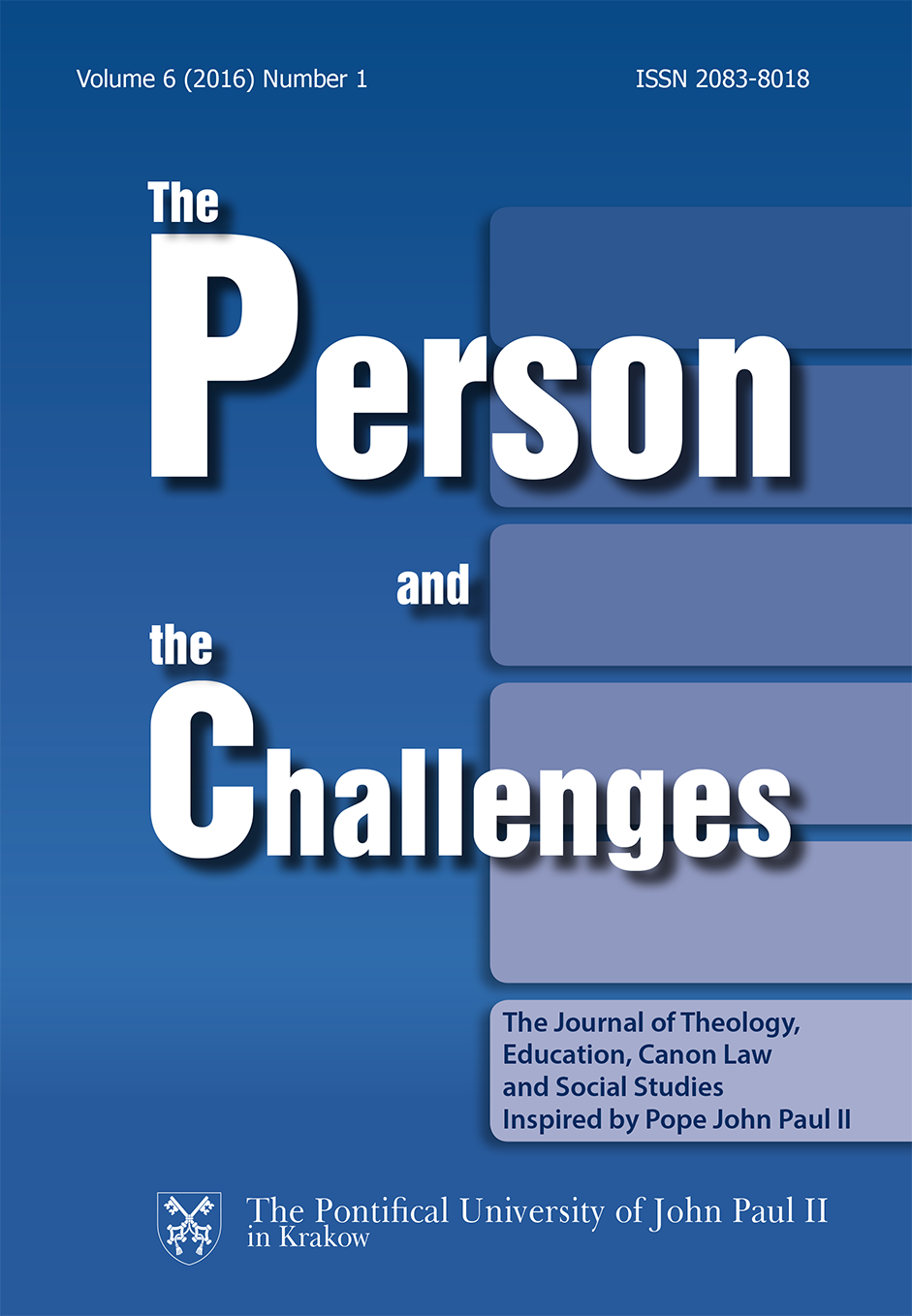Civitas antigua y formación de las estructuras personales
DOI:
https://doi.org/10.15633/pch.1661Schlagwörter:
Civitas, Conception of the city, Personal structurs, tribuAbstract
The concept of the city (civitas) does not necessarily have to mean an urban organization. It may mean a collection of localities, or a territory where some ethnic groups live (tribu). First of all, the development of personal structures happened initially in the families and was connected with a domestic cult. With time, several families used to make a separate group called fratria and a collection of them made up a tribu. This article shows how religion and a way of ruling affected the development of personal structures. Examples of this include are colonies and dioceses – personal structures of the Roman Empire.The task which lies before this article is to enlighten the reader that many of the modern personal structures, especially those deep‑rooted in canon law, have had a source in ancient civitas. Present structures of Catholic Church have their basis on that original classification: a family, fratria, tribu. Today there exist: a parish, a vicariate forane, a diocese, and a collection of dioceses called an ecclesiastical province.
Literaturhinweise
Blazquez J. M., Historia de las religiones antiguas. Oriente, Grecia y Roma. Madrid 1993.
Costa E., Historia del Derecho romano público y privado, Madrid 1930.
D’Ors A., Derecho privado romano, Pamplona 1997.
Ellul J., Historia de las instituciones de la antigüedad: instituciones griegas, romanas, bizantinas y francas, Madrid 1970.
Fustel de Coulanges N. D., La ciudad antigua, Madrid 1931.
Karlowa J., Römische Rechtsgeschichte, vol. I, Leipzig 1885.
Maynz C., Curso de Derecho romano, Barcelona 1887.
Rostovtzeff M., Roma. De los orígenes a la última crisis, Buenos Aires 1970.
Torrens J. M., Las elecciones episcopales en la historia de la Iglesia, Barcelona 1972.
Downloads
Veröffentlicht
Ausgabe
Rubrik
Lizenz
Copyright (c) 2016 Robert Kantor

Dieses Werk steht unter der Lizenz Creative Commons Namensnennung 4.0 International.
Autorzy publikujący w czasopiśmie udzielają jego wydawcy zgody o następującej treści:
- Autor zachowuje autorskie prawa majątkowe do utworu, a jednocześnie udziela wydawcy czasopisma zgody na jego pierwszą publikację w wersji drukowanej i wersji online na licencji Creative Commons Uznanie autorstwa 4.0 Międzynarodowe oraz zgody na wykonywanie opracowań, w tym przekładów.
- Autor ma możliwość udzielania zgody niewyłącznej na opublikowanie utworu w wersji, która ukazała się w czasopiśmie (np. zamieszczenia go w repozytorium instytucjonalnym lub opublikowania w książce), wraz z informacją o jego pierwszej publikacji w czasopiśmie.
- Autor może umieścić swój utwór online (np. w repozytorium instytucjonalnym lub na swojej stronie internetowej) jeszcze przed zgłoszeniem utworu do czasopisma.

